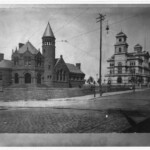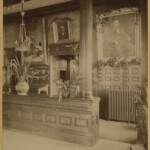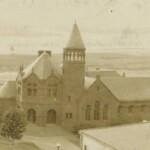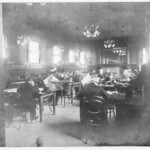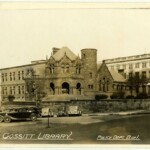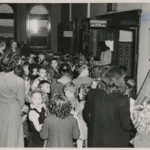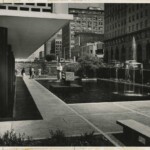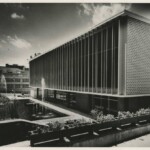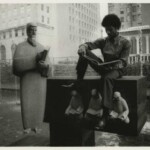
LIBRARY HISTORY COLLECTION
Explore the history behind your local branch.
Cossitt Library
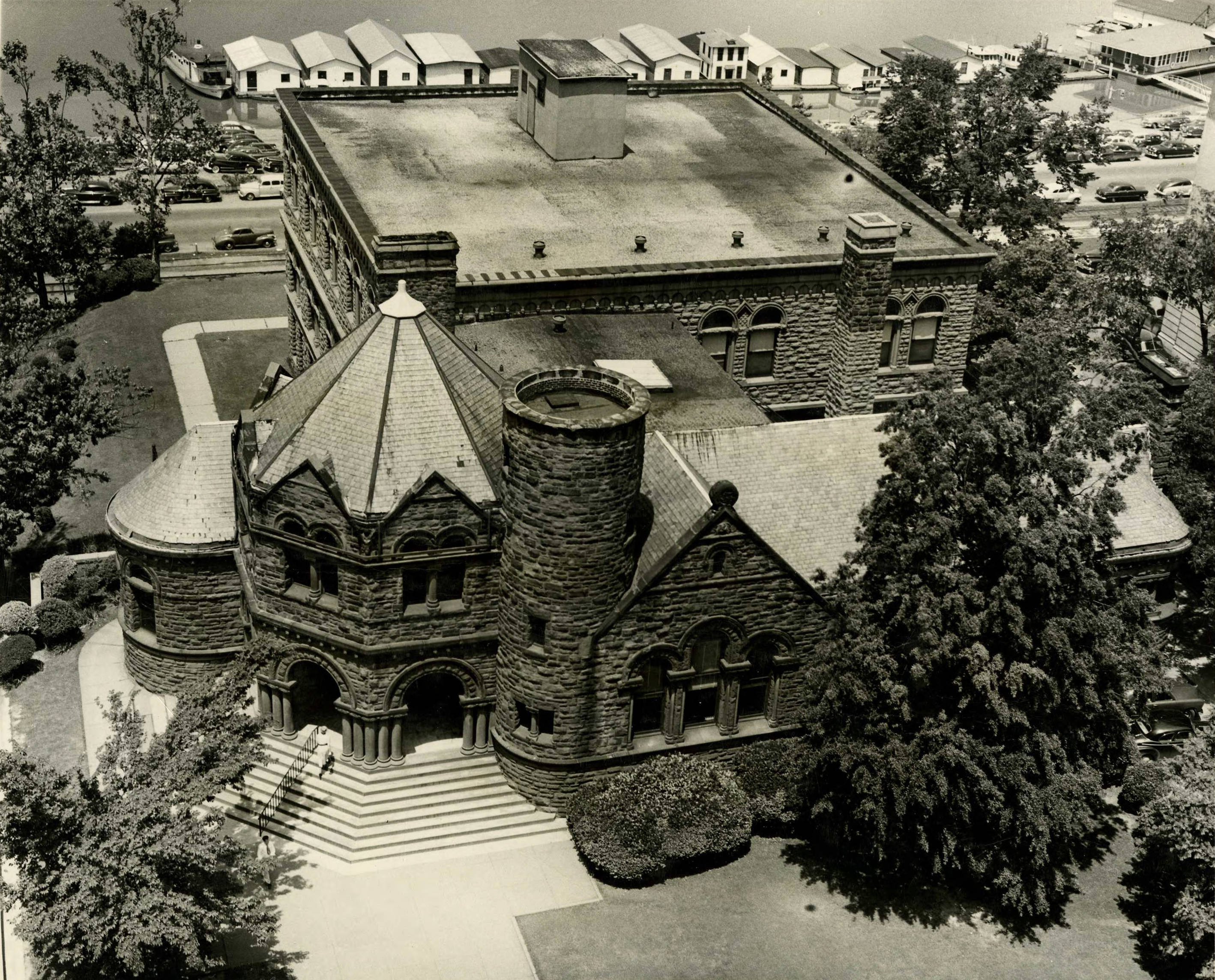
“What the great universities do for a few, the public library does for the many.”
— Cossitt Library, The First 80 Years

The People’s University
The history of public libraries in Memphis begins at 236 Front St, where Cossitt Library first opened its doors in 1893. At the building’s dedication, Reverend F.P. Davenport called Cossitt “the people’s university,” and for over 100 years Cossitt’s mission has responded to Memphis’s needs.
“Cossitt was an important part in the whole city’s history, not just the library’s.”
Sallie Johnson, deputy director, from 100 Today- Next Chapter Uncertain for Aging Cossitt Library, April 12, 1993, Commercial Appeal; p. A1.
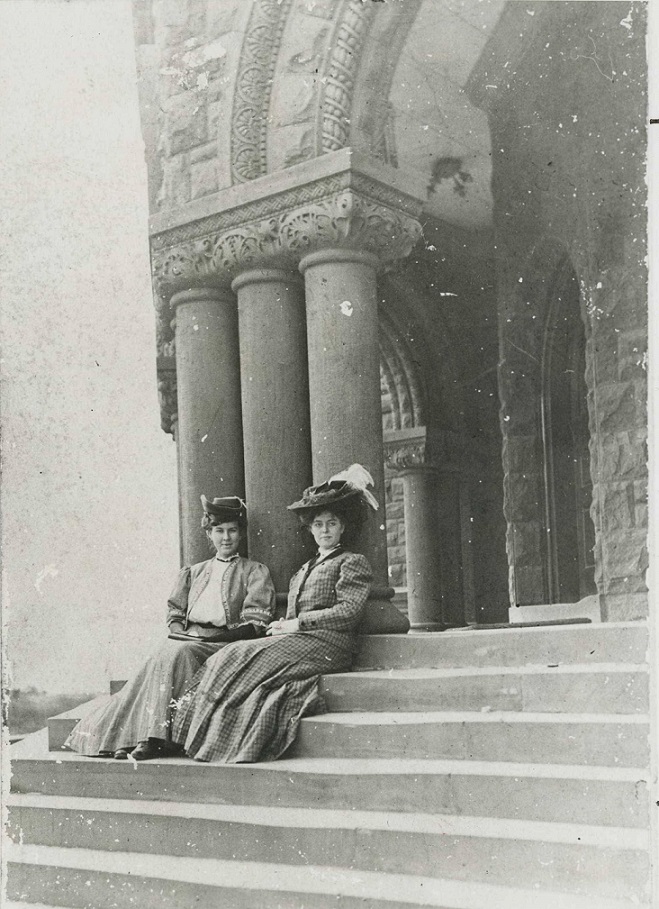
Plans had been in the works for the library in Memphis since 1887, when former-Memphian Frederick Cossitt’s three daughters donated the money for a public library in their father’s honor. In the spring of 1893, the iconic Romanesque structure, with its red sandstone and soaring archways, opened to the public.
Mel Nunnally served as the first head librarian with Ida Scott as the assistant. By October 1894, Nunnally built the library’s collection to over 7,000 books. On a typical weekday, 250 patrons used the reading rooms.
Within twenty years, Cossitt’s book collection grew to more than 200,000 volumes and added a circulating library, a Children’s Department, and even Memphis’s first Natural History Museum on the second floor. In 1925, the architect E.L. Harrison designed a three-story addition on the west side of the building that increased storage and reading space, but also brought new heating, electrical wiring, a fire sprinkler system, and the most modern appliance of them all: a push button elevator, manufactured by Otis Elevator Company.
Cossitt grew outside of its Front St. footprint, too. Cossitt’s services were segregated, so in 1903 it established the first of its branches for African Americans at the LeMoyne Institute. A series of other “Negro” branches opened and closed until, in 1939, the city’s first stand-alone library branch for African Americans opened on Vance Avenue.
In 1955, Cossitt Libraries became Memphis Public Library, with the administration and circulation services moving to a newly built Main branch on Peabody Avenue. The Cossitt branch on Front St. transitioned into a reference library for the downtown business community. When it merged with the Goodwyn Library in 1961, Cossitt-Goodwyn became one of the premier business, technology, and engineering libraries in the South.
The late-1950s marked two other major changes to Cossitt. In 1959, the building went through a massive renovation that razed the castle-like entranceway and built the glass-and-concrete façade, with its famous “blue louvres.” And, most importantly, a 1958 lawsuit by Jesse Turner and 1960 student sit-ins led the city to finally integrate all library facilities in Memphis and Shelby County.
Today, Cossitt completes another major renovation, which will open a new chapter in the history of “the people’s university” in Memphis.
cossitt library Timeline
Explore the interactive timeline below to learn more about the history of Cossitt Library and the Memphis Public Library system.








